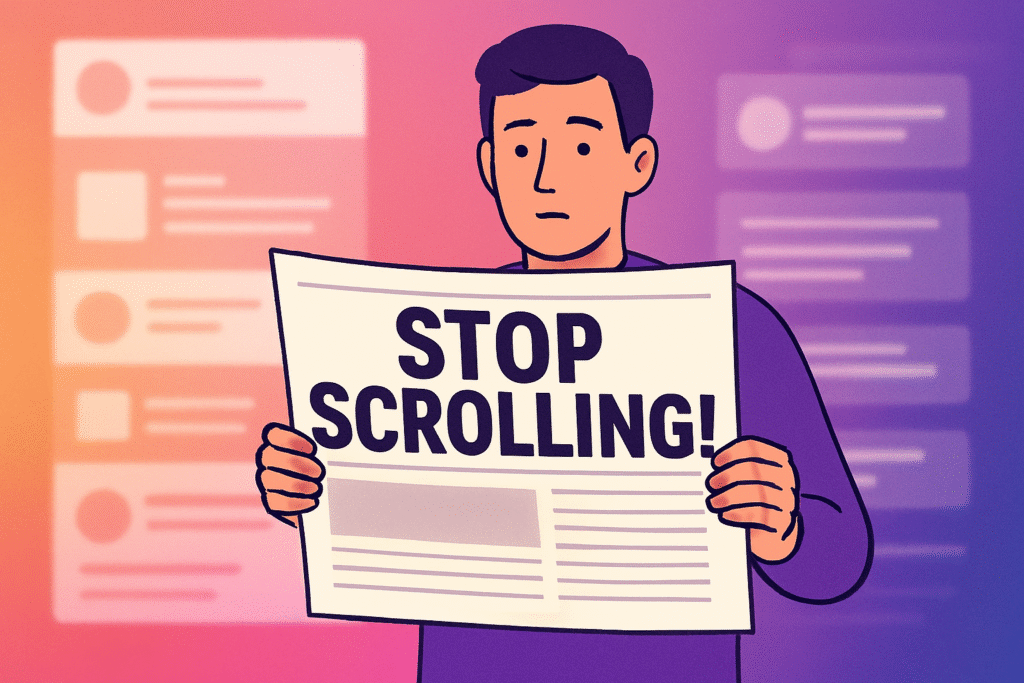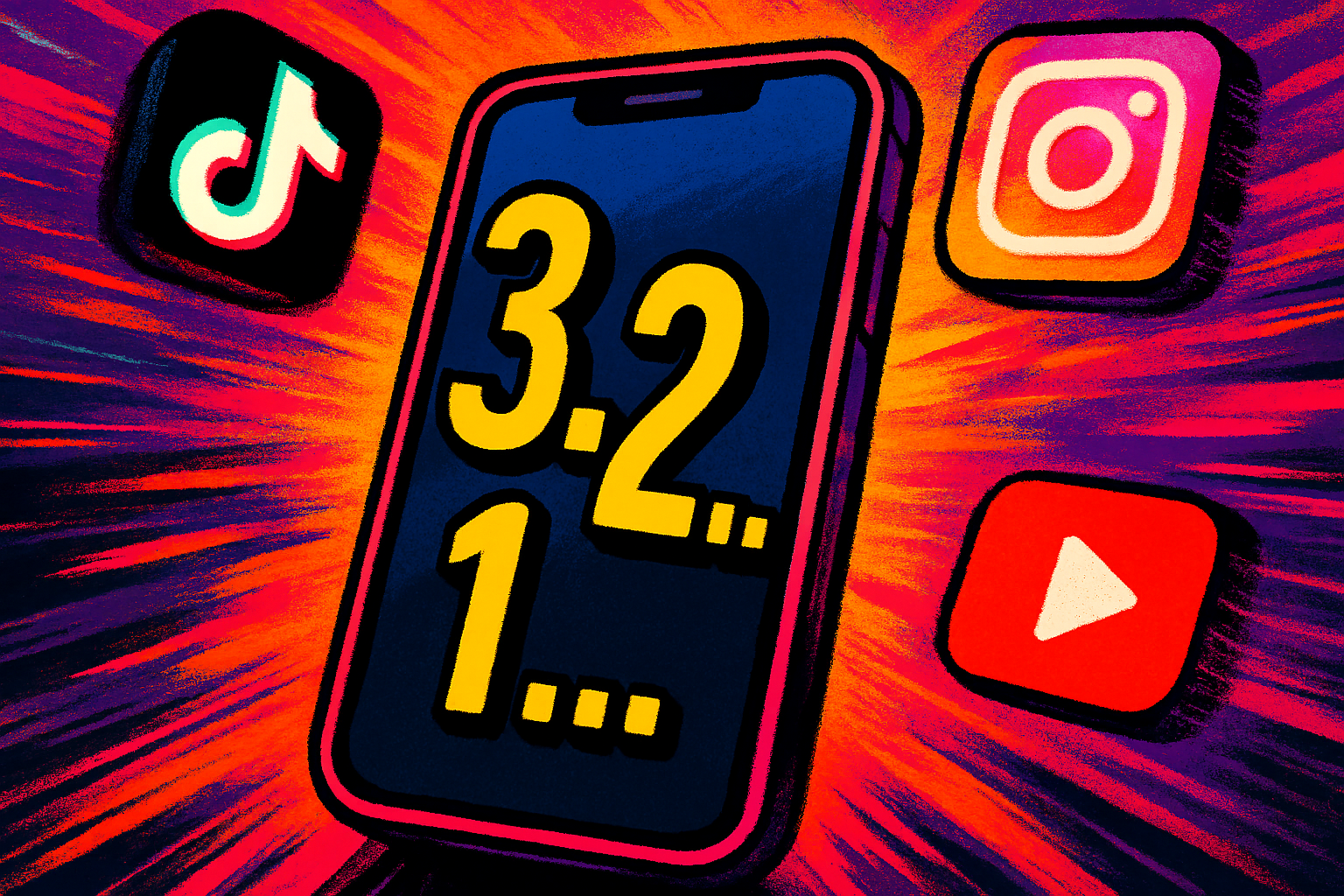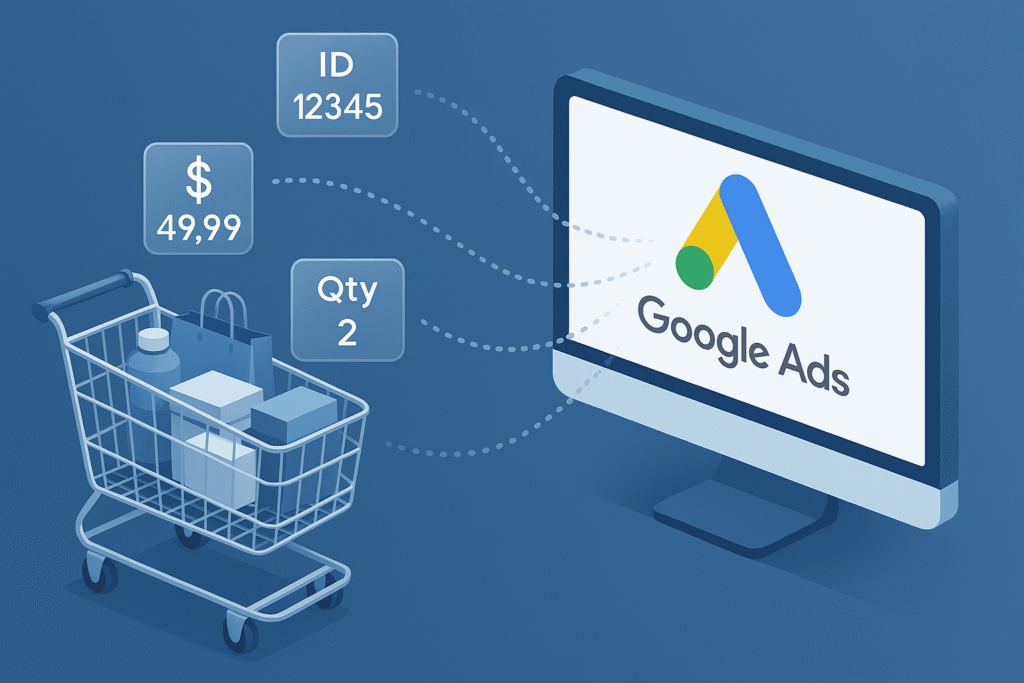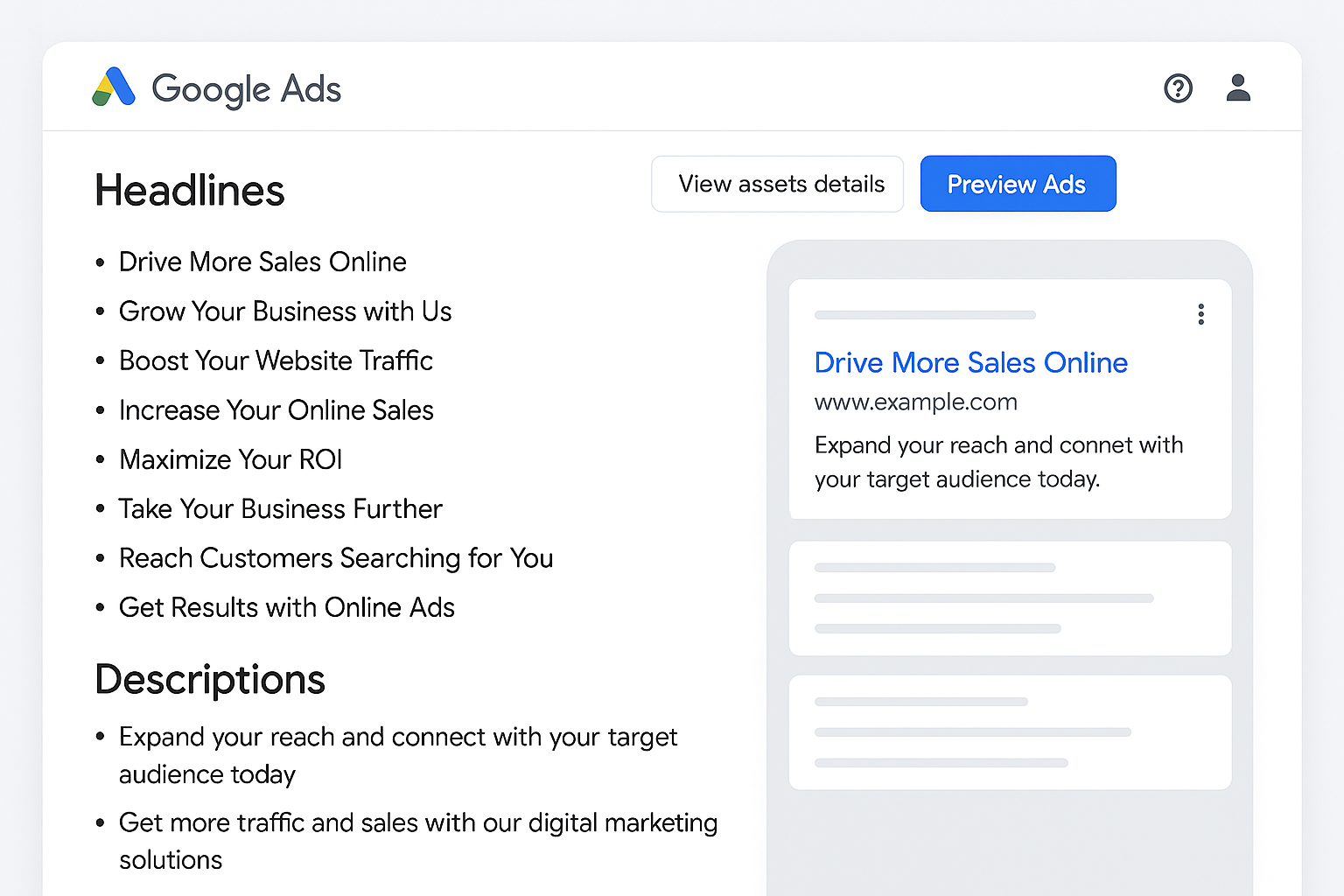In today’s fast-moving world of social media, capturing attention is everything. You have only a few seconds to convince someone that your video is worth watching. That is where video hooks come in. These opening moments are not just a nice touch, they are the make-or-break factor that decides whether your content has a chance to shine.
In fact, research shows you get about three seconds, maybe five if you are lucky, before most viewers decide whether to keep watching or scroll past. Learn how Google’s smarter AI is helping clamp down on invalid traffic and protect ad spend.
Platforms like TikTok, Instagram Reels, Facebook, LinkedIn, and YouTube Shorts are flooded with content every second. For brands, creators, and especially multi-location businesses, a strong hook is the difference between gaining a new customer and being forgotten.
So how do you master the art of a good hook? Let’s break it down.
What Exactly Are Video Hooks?
A video hook is the very beginning of your video, usually the first 3 to 5 seconds. It is the part designed to grab attention and spark curiosity so that people keep watching.
Think of it as the headline of your video. Just like a newspaper headline pulls you into an article, your hook should give viewers a reason to stop scrolling. It sets the tone, teases value, and tells people why they should care.
And because social media users scroll endlessly, this small window of time is critical.

Why the First Three Seconds Matter
Human attention spans online are shorter than ever. On average, people give content around eight seconds before deciding whether to engage. For video, that decision happens even faster.
This is not just about being flashy. It is about showing, right away, why your content matters to the viewer. Whether you promise to solve a problem, entertain them, or reveal something surprising, you need to create an instant connection.
For businesses, this is especially important. You are not just competing against direct competitors but also cat videos, celebrity gossip, and trending memes. If you cannot grab attention in those first three seconds, the rest of your carefully crafted video will never be seen.
The Building Blocks of a Strong Hook
Creating a powerful hook is part science, part creativity. Here are the main types that consistently work across platforms:
- Questions: Engage curiosity instantly. Example: “Are you making this mistake every time you post online?”
- Bold statements: Surprise viewers with a striking claim. Example: “Most businesses lose 40 percent of customers before the first sale.”
- Statistics: Share unexpected data. Example: “Eighty-three percent of car buyers research online before ever stepping into a dealership.”
- Problem identification: Speak to pain points. Example: “Tired of people not showing up for appointments?”
- Promises: Offer a clear benefit. Example: “I’ll show you how to boost bookings by 50 percent.”
- Visual demonstrations: Let action do the talking. Example: A quick before-and-after transformation grabs eyes faster than words.
Each of these hook types works because they tap into basic human psychology. They either spark curiosity, highlight fear of missing out, or promise a clear payoff.
Delivery Is Just as Important as Content
Even the best-written hook can fall flat if delivered poorly. That is why technical elements matter.
- Voice and pacing: Speak with confidence, not too fast, not too slow.
- Facial expressions: Authentic expressions help build trust and connection.
- Text overlays: Many people watch without sound, so on-screen text reinforces your message.
- Body language: Energy and enthusiasm are contagious.
Think of your hook as a performance, not just a line. Take your video posts from average to outstanding with the official Instagram Edits App.
Real Examples That Work
Here are three practical hook formats you can try for short-form videos:
- Pattern-interrupt hooks: Break expectations. Example: “This is why your restaurant’s marketing strategy is not working.”
- Exclusivity hooks: Offer insider knowledge. Example: “Most dentists miss this one trick that keeps patients loyal.”
- Direct address hooks: Speak directly to your audience. Example: “Stop scrolling if you own a car dealership.”
These approaches not only grab attention but also signal relevance to your exact target audience.
Industry-Specific Hook Ideas
Different industries need different approaches. Here are some ready-to-use examples:
Real estate
- “The biggest mistake first-time buyers make in [Your City].”
- “Why property prices in [Area] are about to shift.”
Dental clinics
- “The brushing mistake 90 percent of patients make.”
- “Why your teeth hurt even when the dentist says they look fine.”
Veterinary practices
- “The symptom every dog owner ignores that could be serious.”
- “Before you panic about your cat’s behavior, watch this.”
Car dealerships
- “The car buying mistake that costs thousands.”
- “The maintenance tip your dealer never told you.”
Retail
- “The wardrobe mistake that makes you look older.”
- “The return policy secret stores do not want you to know.”
Hospitality
- “The secret menu item at restaurants you never knew about.”
- “The one reservation mistake that guarantees a bad table.”
These hooks are specific, relatable, and immediately relevant to their audience.
How to Measure If Your Hooks Work
Not all hooks will land the same way. That is why testing and analyzing results is so important.
- Watch time and retention: If people stick around past those first seconds, your hook is working.
- A/B testing: Try different versions of the same video with different openings to see which performs better.
- Repeat what works: Once you find a winning formula, adapt it for different locations or audiences rather than copying it exactly.
The numbers do not lie. If viewers drop off quickly, it is a sign your hook needs adjusting.
Scaling Hooks Across Multiple Locations
For businesses with several branches, like retail chains, clinics, or dealerships, hooks can be scaled by making them location-specific. A proven hook like “The mistake first-time buyers make” can be tailored to each city or region, keeping it fresh while retaining the core appeal.
This way, you are not just recycling content but personalizing it to resonate with local audiences.
The Big Takeaway
Video hooks are not just a trend. They are the backbone of successful short-form content. In just a few seconds, they decide whether your video will be seen, shared, and remembered.
By mixing curiosity-driven questions, bold statements, and relatable pain points with strong delivery, any business can capture attention in crowded feeds.
And in a digital world where attention is the new currency, mastering the art of the hook is no longer optional. It is essential. Explore how Instagram Picks could spark stronger connections through shared interests, check out our coverage on Instagram Picks.
So the next time you hit record, ask yourself: what will make someone stop scrolling right now? That is your hook.





